Step into the time machine and journey back to the bustling streets of London in the 1600s, where history whispers through the cobblestone alleys and timber-framed buildings. In this era of enlightenment and exploration, the city thrived as a center of culture, commerce, and innovation. Join us as we unravel the tapestry of London’s past and discover the secrets hidden within its vibrant tapestry of Tudor and Stuart influences. Get ready to immerse yourself in a bygone world filled with intrigue, artistry, and the echoes of an era long gone but never forgotten. Welcome to the captivating world of London in the 1600s.
Table of Contents
- Exploring London’s Cultural Renaissance in the 1600s
- The Flourishing Architectural Marvels of 17th-Century London
- Diving into London’s Theatrical Scene During the 1600s
- Navigating the Vibrant Street Markets of Historical London
- Q&A
- Final Thoughts
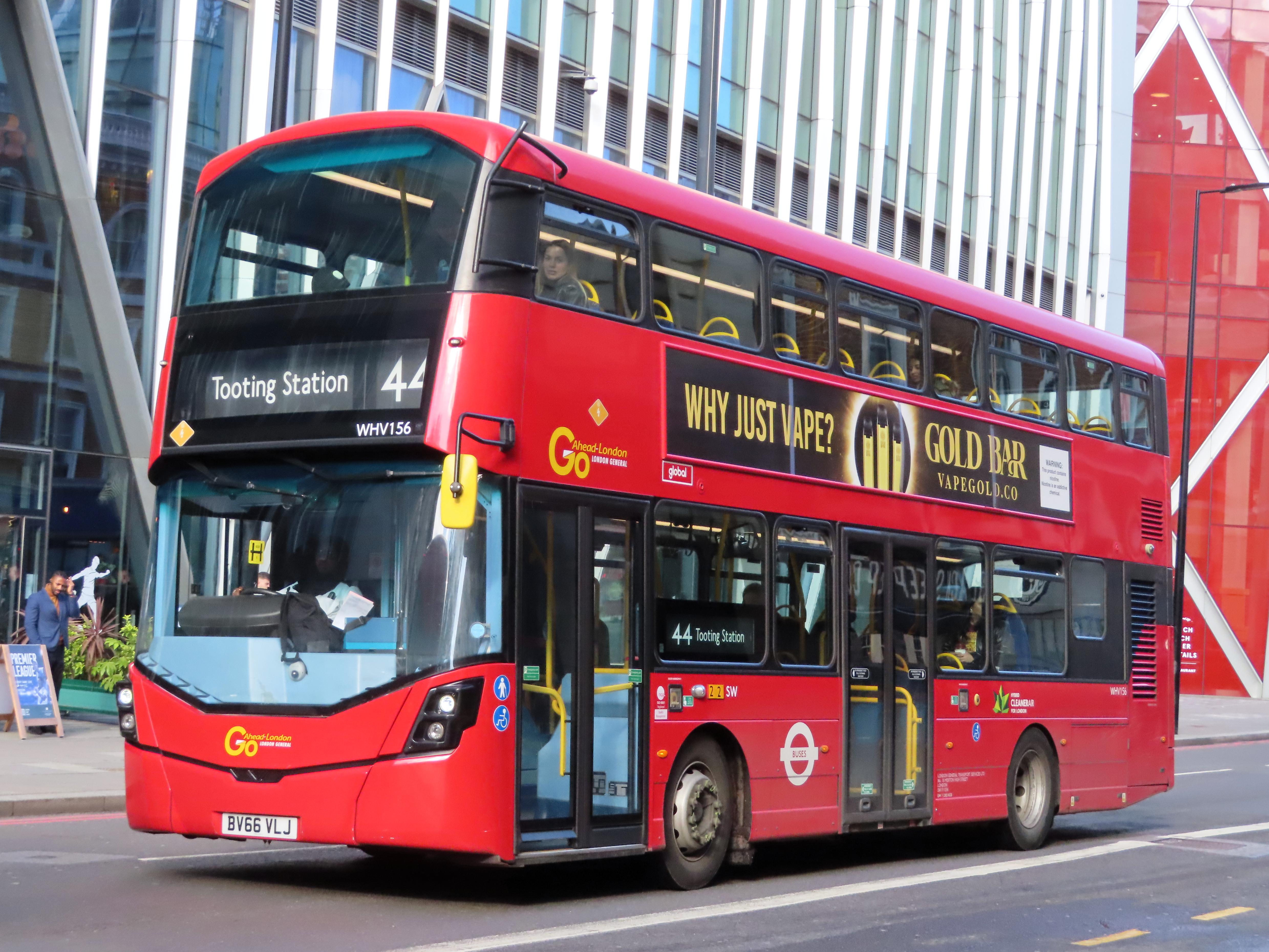

Exploring London’s Cultural Renaissance in the 1600s
London in the 1600s was a vibrant hub of artistic and cultural activity, with a rich tapestry of creativity woven into its very streets. The city bustled with the energy of playwrights, poets, and painters, each contributing their own brushstroke to the canvas of London’s cultural renaissance.Key Highlights:
- The Globe Theatre, a beacon of Shakespearean drama and passion.
- Inigo Jones, the visionary architect behind the elegant Banqueting House.
- The Royal Society gatherings, where minds met and ideas sparked.
In this era, London became a melting pot of ideas and inspiration, a place where the arts flourished, and innovations thrived. The 1600s marked a golden age for London’s cultural landscape, leaving behind a legacy that continues to inspire and captivate audiences to this day.
The Flourishing Architectural Marvels of 17th-Century London
In the bustling streets of 17th-century London, architectural masterpieces rose to the sky, each telling a unique story of the city’s rich history and vibrant culture. From the iconic St. Paul’s Cathedral with its magnificent dome piercing the heavens to the intricate details of the Banqueting House, London’s skyline was a canvas of architectural marvels.Highlighted Architectural Marvels of 17th-Century London:
- The Globe Theatre: Where Shakespeare’s timeless plays came to life.
- Hampton Court Palace: A stunning blend of Tudor and Baroque architecture.
- The Royal Exchange: A symbol of London’s commercial prowess.
- Inigo Jones Buildings: Bringing classical Roman and Renaissance designs to London.
- The Middle Temple Hall: A hidden gem showcasing Elizabethan grandeur.
Witnessing the craftsmanship and grandeur of these 17th-century architectural wonders is like stepping back in time, where each building whispers tales of a bygone era, adding to the allure and mystique of historical London.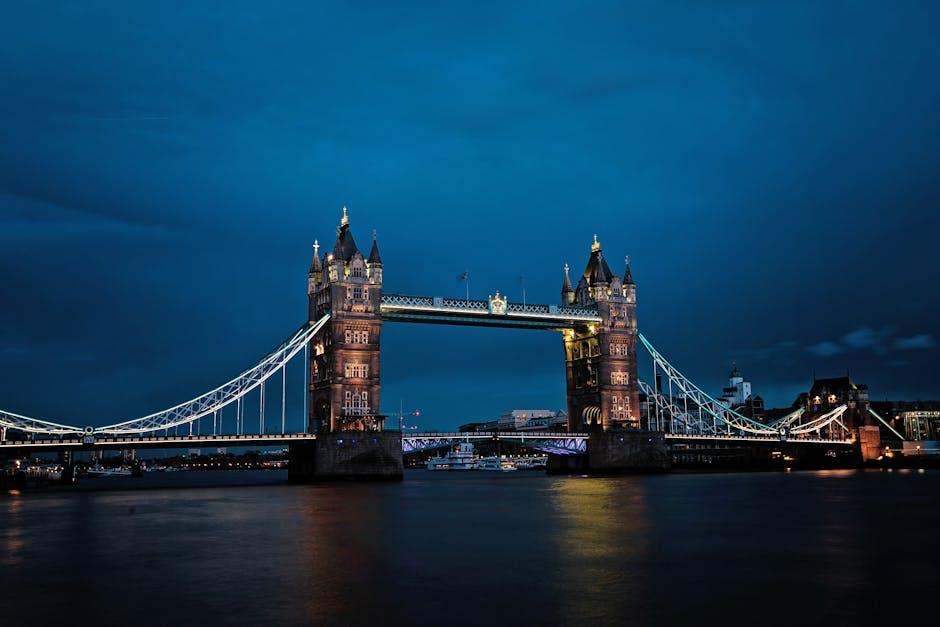

Diving into London’s Theatrical Scene During the 1600s
In the bustling streets of 17th-century London, the theatrical scene thrived with an array of vibrant performances that captivated audiences from all walks of life. Playhouses, such as The Globe and The Rose, served as the stages for timeless masterpieces penned by renowned playwrights like William Shakespeare and Christopher Marlowe. Witnessing a play during this era was not merely a form of entertainment but an immersive experience that transported spectators to fantastical realms and poignant realities alike.Actors donned elaborate costumes, reciting eloquent dialogues that stirred emotions and sparked debates on societal issues of the time. The atmosphere within these wooden structures buzzed with excitement as audiences cheered, gasped, and shed tears in response to the tales unfolding before their eyes. Each performance was a symphony of artistry, music, and drama, weaving together narratives that left a lasting impact on the cultural landscape of London.
| Playhouse | Location | Notable Playwrights |
|---|---|---|
| The Globe | Bankside | William Shakespeare |
| The Rose | South Bank | Christopher Marlowe |
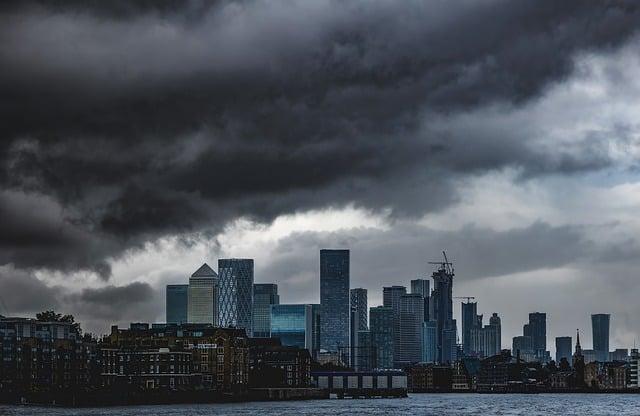

Navigating the Vibrant Street Markets of Historical London
Wandering through the bustling streets of historical London in the 1600s, one cannot help but be captivated by the vibrant tapestry of street markets that lined the cobbled pathways. These markets, brimming with an array of goods and wares, offered a glimpse into the daily lives of Londoners during this fascinating era.Evoke Your Senses:
Immerse yourself in the sights and sounds of these lively markets, where vendors hawked their wares with colorful banners fluttering in the breeze. The aroma of fresh bread mingled with the scent of exotic spices, enticing passersby to stop and sample the culinary delights on offer. Discover Hidden Gems:
From whimsical trinkets to luxurious fabrics, these markets were a treasure trove of hidden gems waiting to be unearthed. Engage in lively bargaining sessions with merchants, and uncover unique finds that tell the stories of London’s rich history.
| Market Stall | Offerings |
|---|---|
| Fresh Produce Stand | Seasonal fruits and vegetables |
| Textile Merchant | Silks, velvets, and lace |
| Spice Vendor | Exotic spices and herbs |
Q&A
**Q&A: Exploring London in the 1600s**Q: What was life like in London during the 1600s?
A: Life in London during the 1600s was bustling with activity and change. The city was a vibrant hub of trade, culture, and innovation.
Q: What significant events shaped London during this period?
A: The 1600s in London were marked by events such as the Great Plague of 1665, the Great Fire of 1666, and the English Civil War. These events reshaped the city’s landscape and culture.
Q: Who were some prominent figures in London during the 1600s?
A: Notable figures in 1600s London included King Charles I, Oliver Cromwell, and Samuel Pepys. Their actions and writings offer us a glimpse into the rich history of the city.
Q: How did the architecture of London evolve in the 1600s?
A: The 1600s saw the rise of iconic buildings such as St. Paul’s Cathedral and the Globe Theatre. The architectural styles of the period reflected the changing tastes and trends of the time.
Q: What were some popular pastimes for Londoners in the 1600s?
A: Londoners in the 1600s enjoyed activities such as attending plays at theaters, visiting markets, and participating in festivities like May Day celebrations. These pastimes brought the community together in lively ways.
Q: How did London recover from the devastation of the Great Fire of 1666?
A: After the Great Fire of 1666 ravaged London, the city underwent a period of rebuilding and renewal. Christopher Wren’s reconstruction efforts led to the creation of new landmarks that still stand today.
Q: What legacy did the 1600s leave on London’s culture and society?
A: The 1600s left a lasting impact on London’s culture and society, shaping the city’s identity in terms of art, literature, politics, and architecture. The echoes of this dynamic period can still be felt in modern-day London.


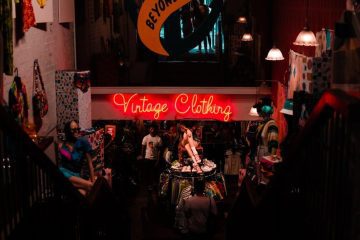
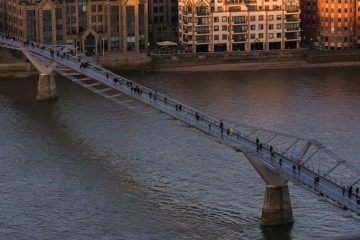
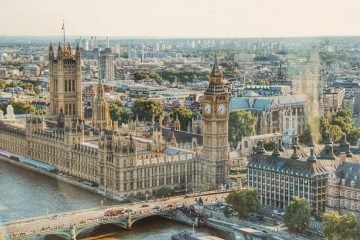
0 Comments